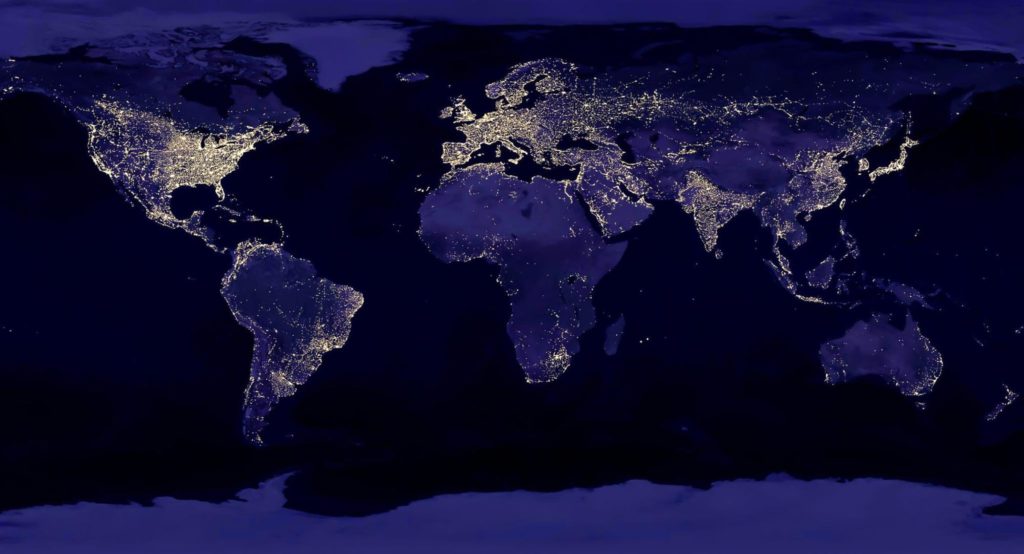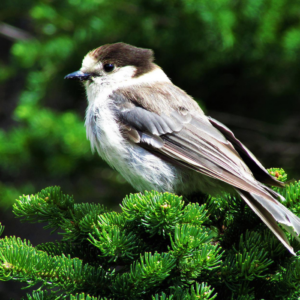Pollution…from lights?
On an evening stroll downtown Ottawa I couldn’t help but notice the lack of stars visible in the night sky and compare it to the fast array of starry night skies I saw growing up in Muskoka.
Before moving to Ottawa almost ten years ago, the concept of light pollution had never even been introduced to me, nor were the negative consequences that are a result of light pouring out of buildings at night.
The International Dark-Sky Association defines light pollution as the “inappropriate or excessive use of artificial light” that is emitted from private and public buildings, street lamps and sporting venues. Over 80% of the world’s population lives under light-polluted skies and may never get the chance to experience a truly dark sky1.
Light pollution is not only a waste of electricity when buildings are not in use but it also impacts the navigation ability of many species such as birds, turtles, seals and bats. One of the biggest consequences of light pollution is its impact on birds.
In Canada alone, it is estimated that a total of 25 million birds collide with windows each year resulting in injury or death2. This is because birds can see through glass and what is reflected back at them by the glass windows but they cannot see the glass itself3.

There are many actions we can take together to easily prevent bird-window collisions and decrease the amount of light pollution in our communities.
Simple actions such as treating your windows with FeatherFriendly tape to prevent collisions, reducing the amount of light outside your home, turning off lights when not in use, directing light downward and changing the colour of your lights to warmer tones can all help to reduce the risk of collisions.
On a community level, countless cities and towns across North America have participated in successful “Lights Out” campaigns to help decrease the amount of artificial light emitted from their community and prevent fatal bird and window collisions4.
This year’s World Migratory Bird Day theme is “Creating Bird Friendly Cities and Communities”, focusing on making our cities, villages, towns, and communities, from rural to urban, more bird-friendly. Visit birdday.ca to see if there is an event near you to campaign around! You can also print this poster to help make a difference in your neighbourhood.
Another great way to learn about the night skies in your community is by getting involved with Globe at Night, a community science initiative to raise awareness about the impact of light pollution.
For more information about light pollution and mitigation solutions please visit The Royal Astronomical Society of Canada and check out their beautiful Dark-Sky Preserves!
1International Dark-Sky Association (2016), Population Lives Under Skyglow, New Study Finds.
2Machtans, C. S., C. H. R. Wedeles, and E. M. Bayne. 2013. A first estimate for Canada of the number of birds killed by colliding with building windows. Avian Conservation and Ecology 8(2): 6. http://dx.doi.org/10.5751/ACE-00568-080206
3FLAP (2022). Why Do Birds Hit Buildings?
4Adams, C.A., Fernández-Juricic, E., Bayne, E.M. et al. Effects of artificial light on bird movement and distribution: a systematic map. Environ Evid 10, 37 (2021). https://doi.org/10.1186/s13750-021-00246-8



